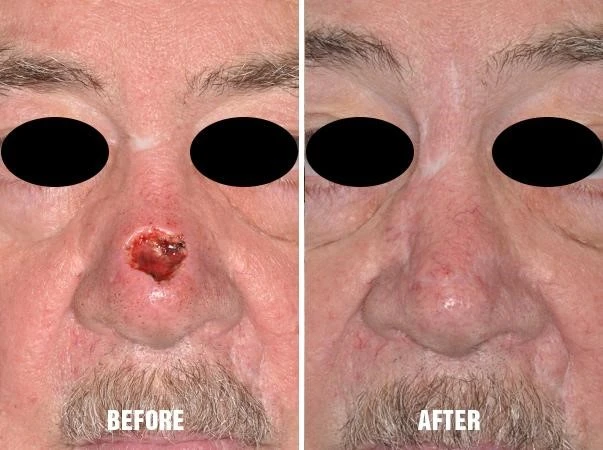Introduction
3D bioprinting has revolutionized tissue engineering by enabling the precise construction of tissues layer by layer. This technology allows for the creation of structures that closely resemble natural tissues, particularly in complex applications like facial muscle reconstruction. The ability to design these tissues with high accuracy opens new avenues for personalized medicine and surgical applications.
3D Bioprinting Technology:
3D bioprinting works by adding cells and biomaterials layer by layer to form tissues that replicate natural structures. Materials used in bioprinting are chosen for their ability to support cell growth and mimic the mechanical properties of human tissues. Special emphasis is placed on materials suited for recreating the flexibility and complexity of facial muscles.
Precision and Control in Cellular Arrangement:

A key advantage of 3D bioprinting is the ability to control the arrangement of cells precisely. This high degree of control allows for the creation of intricate facial muscle structures, which is essential for both functional and aesthetic outcomes. Advanced techniques, such as multi-material printing and the integration of growth factors, further enhance the precision of this technology.
Natural Structure of Facial Muscles:
Facial muscles are complex and diverse, with unique structural and functional properties. 3D bioprinting technology enables the recreation of these muscles with greater accuracy, improving not just the aesthetic outcomes of facial reconstructions but also the functional results, such as muscle movement and responsiveness.
Applications in Medicine:

3D bioprinting has transformative potential in several medical fields. It can be applied in facial reconstruction surgeries, personalized treatments for facial muscle disorders, and even for studying diseases affecting facial muscles. The ability to print patient-specific muscle structures ensures better treatment outcomes and tailored surgical solutions.
Challenges and Future Directions:
Despite the advancements, challenges remain in replicating the full complexity of facial muscles. Issues such as material limitations, vascularization of printed tissues, and long-term stability need to be addressed. Future research is aimed at overcoming these hurdles, with a focus on improving material properties and optimizing bioprinting techniques.

